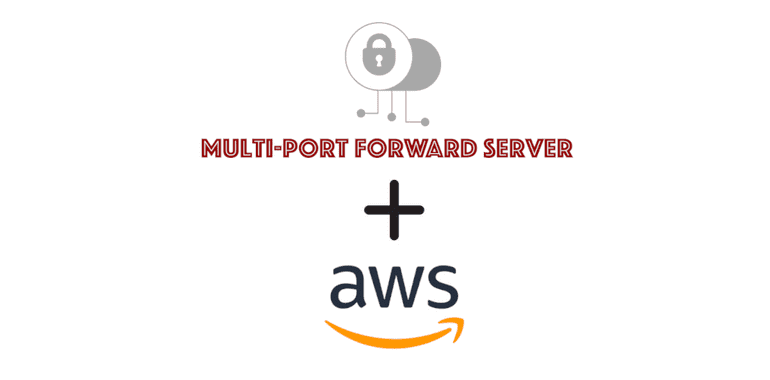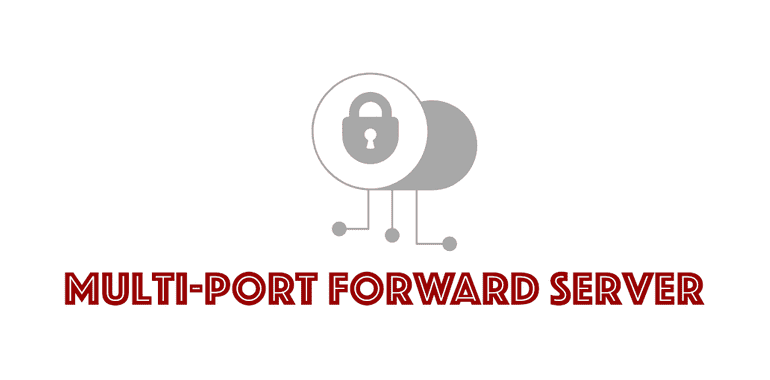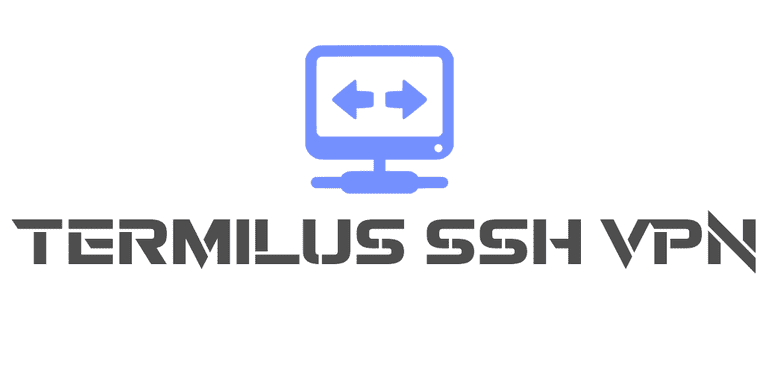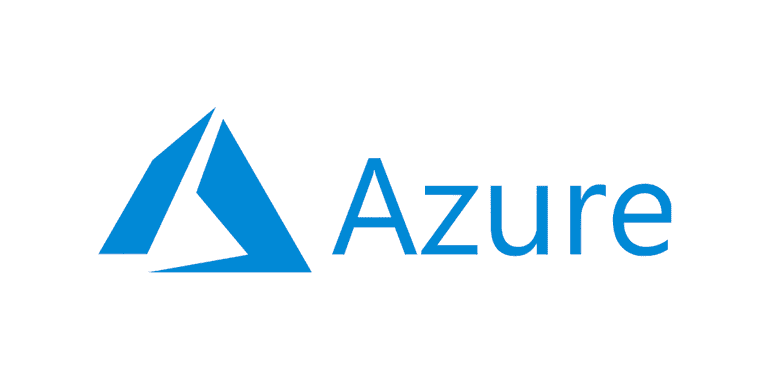
How to Deploy and Setup HoneyDrop Honeypot in AWS
This guide details how to deploy and setup the HoneyDrop appliance in AWS. This appliance will expose fake services often targeted by cyber criminals. Its purpose is to lure attackers to itself thereby generating logs and alarms indicating that a nefarious actor may be on the network. When a HoneyDrop service is interacted with, the activity gets logged to AWS CloudWatch which can generate alerts to be sent to email or SMS. Alternatively, CloudWatch alarms can trigger Lambda functions to invoke incident response actions on your behalf.
Link
Enabling AWS Network Connectivity Through Port Forwarding
This blog post is a case study that captures the Multi-Port Forward Server value proposition. It outlines traffic routing challenges faced by many organizations and highlights examples of successful Multi-Port Forward Server deployments.
Link
AWS and Azure Multi-Port Forward Setup and Configuration
This guide explains how to deploy and configure a Multi-Port Forward Server in AWS and Azure. The Multi-Port Forward Server is designed to listen on multiple user-defined ports and redirect inbound TCP or UDP traffic to user-defined destination hosts and ports. This creates a versatile network address translation (NAT) and port address translation (PAT) appliance in your AWS VPC or Azure subscription.
Link
How To Transfer Files To S3 Buckets Using SFTP and FTP
This post explains how to transfer files to and from AWS S3 using the S3 File Transfer Server. By using the S3 File Transfer Server, you can easily upload and download files in your S3 buckets using SFTP. This ensures data is always encrypted in-transit and assuming your bucket was set up with encryption enabled, data will be encrypted at-rest too.
Link
Maximizing AWS Resources: Is the Multi-Port Forward Server Your Cost-Effective Solution?
In the complex web of cloud services, efficiency is key. Every Amazon Web Services (AWS) user knows the significance of Elastic IP addresses (EIPs) in ensuring seamless connectivity. But with AWS now charging $0.005 per IP per hour, the costs can add up fast – $3.75 per month or $45 per year per IP, to be precise. How do you keep your services running without breaking the bank? The answer might just lie in a simple solution: the Multi-Port Forward Server.
Link
Duplicating UDP Traffic in AWS
This post explains the steps necessary to duplicate UDP traffic in AWS. The walk-through leverages the Traffic Duplicator appliance located in the AWS marketplace to duplicate a syslog stream across two different rsyslog servers.
Link
How to Setup Termilus SSH VPN in AWS and Azure
This guide explains how to deploy the Termilus SSH VPN Server in AWS and Azure. The Termilus SSH VPN server provides a secure, encrypted SSH connection that proxies all traffic from the client machine through to the SSH VPN server. This creates a simple but effective VPN tunnel between you and your AWS VPC or Azure subscription and allows you to access internal resources without exposing any administrative bastion hosts
Link
Azure Help and Support
Termilus is happy to provide troubleshooting and guidance on deploying our products.
Link
Reverse SSH Server Deployment and Configuration
This guide explains how to deploy a Reverse SSH Server in AWS. The Reverse SSH Server allows multiple clients to connect to the server via SSH on a persistent basis. The clients are configured to port forward their own local SSH service to allow administration of all clients simply by connecting to the Reverse SSH Server and then SSH-ing to the appropriate local ports. This appliance allows clients behind NAT'd environments with private IP addresses to connect outbound to the Reverse SSH Server and be administrate-able. The server and its clients are configured to auto-reconnect if either one gets rebooted.
Link